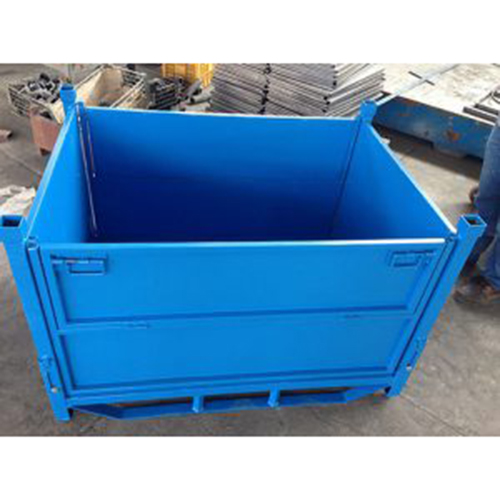Unearthing Silver: The Geological Foundations of Silver Ore
Silver, a precious metal revered for its beauty and utility, has captivated humanity for millennia. While it is often associated with jewelry and currency, the journey of silver from the earth to our hands begins with understanding the types of rocks in which it is found. This article delves into the geological intricacies of silver deposits, the types of rocks that host silver, and the processes that lead to its extraction.
The Geological Context of Silver
Silver (Ag) is a transition metal that occurs naturally in the Earth's crust. Its abundance is relatively low, estimated at about 0.075 parts per million. However, its geological formation is complex and varies significantly across different regions. Silver is primarily found in two forms: native silver and silver-bearing minerals. Understanding the types of rocks that host these forms is crucial for mining and extraction.
Types of Rocks Containing Silver
- Igneous Rocks:
- Granite and Rhyolite: Silver can be found in igneous rocks, particularly in granitic and rhyolitic formations. These rocks are formed from the cooling and solidification of magma. Silver is often associated with other metals such as gold and copper in these environments, typically occurring in veins or as disseminated particles within the rock matrix.
- Metamorphic Rocks:
- Schist and Gneiss: Metamorphic processes can concentrate silver in schist and gneiss. These rocks are formed under high pressure and temperature conditions, which can lead to the formation of silver-rich mineral veins. The metamorphism of silver-bearing sedimentary rocks can also result in the concentration of silver in these metamorphic environments.
- Sedimentary Rocks:
- Shale and Limestone: Silver is often found in sedimentary rocks, particularly in shale and limestone. In these environments, silver typically occurs in association with sulfide minerals such as galena (lead sulfide) and sphalerite (zinc sulfide). The deposition of silver in sedimentary rocks is often linked to hydrothermal processes, where mineral-rich fluids migrate through fractures and permeable layers, depositing silver as they cool.
- Volcanic Rocks:
- Tuff and Pumice: Volcanic rocks, particularly tuffs and pumices, can also host silver deposits. These rocks are formed from volcanic eruptions and can contain silver as a result of hydrothermal activity associated with volcanic systems. The interaction of hot fluids with surrounding rocks can lead to the precipitation of silver minerals.
The Role of Hydrothermal Systems
Hydrothermal systems play a pivotal role in the concentration of silver within various rock types. These systems involve the circulation of heated water, often rich in dissolved minerals, through the Earth's crust. As the hydrothermal fluids cool, they precipitate minerals, including silver. This process can lead to the formation of significant silver deposits, often found in association with other metals such as gold, copper, and lead.
Mining and Extraction Techniques
Understanding the geological context of silver is essential for effective mining and extraction. The methods employed depend on the type of rock and the form of silver present. Common techniques include:
- Underground Mining: Employed for high-grade silver veins found in hard rock formations. This method involves drilling and blasting to extract ore from deep underground.
- Open-Pit Mining: Used for lower-grade deposits, where large quantities of rock are removed from the surface to access silver-bearing ores.
- Heap Leaching: A process often used for low-grade silver ores, where crushed ore is piled in heaps and treated with cyanide solutions to extract silver.
Conclusion
Silver is a fascinating metal with a complex geological history. Its presence in various rock types—igneous, metamorphic, sedimentary, and volcanic—highlights the diverse processes that contribute to its formation and concentration. Understanding these geological foundations not only enhances our knowledge of silver but also informs effective mining strategies that can sustainably harness this precious resource. As we continue to explore the Earth's crust, the quest for silver remains an enduring pursuit, driven by both its intrinsic value and its myriad applications in modern society.

Average Rating